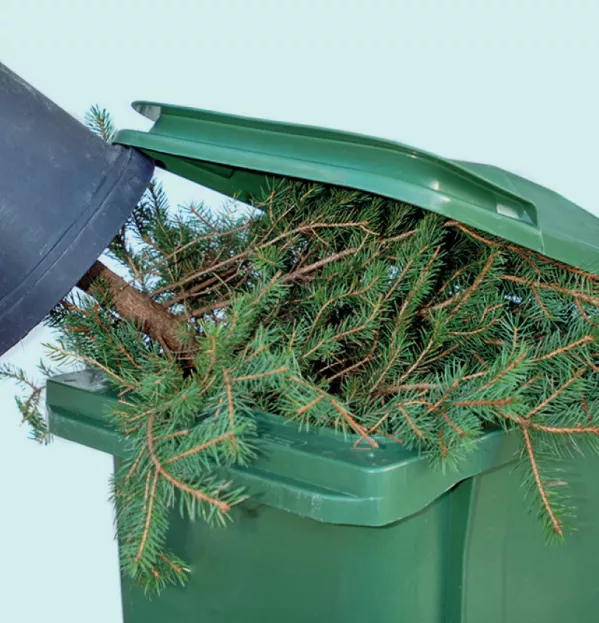As we reach Twelfth Night, it seems likely that many of you will already be marvelling at the sudden availability of space in your living rooms following the removal of the tree. For others, perhaps those who are still in the fortunate position of not yet returning to work, tonight may be the night where your elaborate festive display is boxed up for another year.
Is it just me who quite enjoys the clean feel of a post-Christmas living room? Tables and chairs can return to their proper homes, family portraits no longer hide behind thinning strands of tinsel - and once again everyone has a clear and uninterrupted view of the television. It’s almost as though we prefer our lives with just a little less visual stimulation.
You might already have seen where I’m going with this. My fondness for the post-Christmas clarity carries into the classroom as well. I know that there are plenty of schools - and plenty of teachers - for whom classroom display is a much-valued outlet for creativity, but personally I’ve always been more of a fan of a nice clean wall. Let’s not even start talking about displays on window glass that block out natural light.
It’s probably fair to say that decoration is not my area of expertise. When we recently moved house, I couldn’t get my head round the need to try out seven different shades of grey for our living room. Were it not for my wife, I’d probably have happily lived in a magnolia world without noticing. But rest assured, we certainly wouldn’t have had each wall in a different colour, with brightly-painted borders and accompanying drapes. Who would?
Decorative policies
Yet in all number of schools there are display policies that set out the rules by which classrooms must be decorated. I use the word “decorated” deliberately - for while many of those policies claim not to be about decoration, what other excuse can there possibly be for rules that dictate the colours used for backing paper, or the requirement to double-mount work for display?
The fact that primary schools commonly have a display policy is a constant amusement to me. Is it really necessary to set out in writing the need for labels to be neatly-written or printed? Are there really teachers out there who would struggle to put up a display if not told to ensure that work was well-presented?
The rules don’t stop there, either. It’s common, too, to specify how frequently a display should be changed. I long prided myself on never replacing backing paper during the year. Indeed, often the most notable change to displays in my classroom was during Sats week, when anything of use was covered up. This also provided a good opportunity to test the usefulness of display around the room. It was amazing how few children could recall what was concealed beneath the black Sats drapes.
I’m not averse to displays entirely. I loved my “working wall” - mainly because it was essentially a semi-permanent extension of my whiteboard. But any display that isn’t at the front of the room always felt like more effort than reward to me.
Yes, some children like their work being on display, but many others are indifferent or even, in the most extreme cases, embarrassed. If we’re serious about giving children an audience in a world of school websites and social media, is a double-mounted neat copy at the back of the classroom the best we can manage?
As you revel in the new lighter more spacious relaxing environment of your living room, maybe it’s time to give the children some of the same?
Michael Tidd is headteacher at Medmerry Primary School in West Sussex. He tweets as @MichaelT1979
